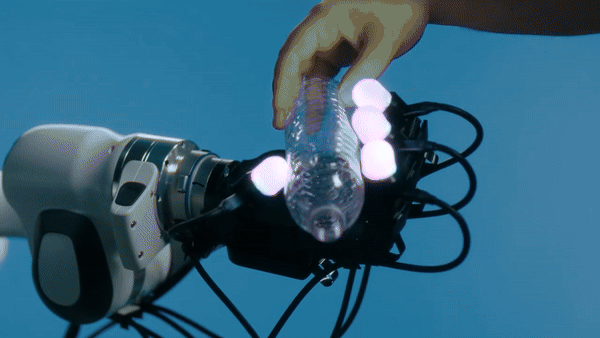AI has given robots the ability to ‘hear’ and ‘see’ the world to understand human orders and carry out tasks better, but Meta’s AI researchers are now testing ways to let robots mimic the sense of touch, too. The Fundamental AI Research (FAIR) division of Meta has just debuted a set of tools that could make robotic tools able to detect, decipher, and react to what they touch. That could make even the most basic robot arm sensitive enough to handle delicate objects without damaging them and make them useful in more settings.
Meta showcased a combination of new technologies and features that work together to give robots the ability to feel things. Touch-sensing tech Sparsh gives AI a way of identifying things like pressure, texture, and movement without needing a huge database. It’s like an AI version of how you can feel something in the dark and describe how it feels even if you don’t know what you’re touching.
To send information about what the robot is touching to the AI model, Meta teamed with a company called GelSIght to create essentially a robot fingertip called Digit 360. The sensors in Digit 360 are very sensitive, so the AI can not only determine details about what the robot is touching but also apply pressure appropriate to a task involving the object, like lifting or rotating it.
For the rest of the robotic hand (or equivalent device, Meta created a system called Plexus with Wonik Robotics to spread multiple touch sensors across the device. Meta claims Plexus can mimic the human sense of touch enough for fragile or awkward objects. You can see below how the three technologies work together in a robotic hand.

Sensitive AI
“The…
Read full post on Tech Radar
Discover more from Technical Master - Gadgets Reviews, Guides and Gaming News
Subscribe to get the latest posts sent to your email.








